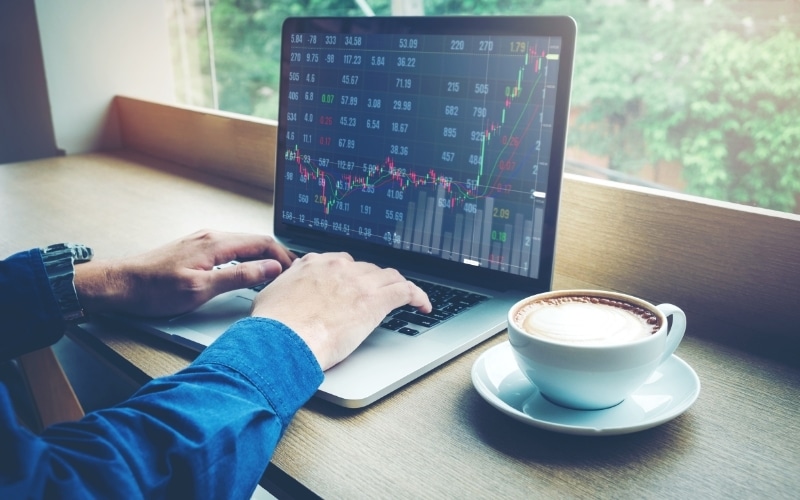As the prefix suggests, the term ‘post-market’ stands for the trades taking place after the market is closed. As most of the individual stock markets have certain trading hours (defined), known as trading sessions. The reason is that the stock exchanges have specific geographical locations. Hence, their operation hours typically align with the working hours of the particular time zone.
Let us look at the London Stock Exchange (LSE) to set an example. The trading session starts between 7 a.m. and 8 a.m. and closes at 4.30 or 4.35 p.m. by Greenwich. Post-market trading at LSE takes place within the short time span between 4.40 p.m. and 5.15 p.m.
Hence, the term refers to the trading that happens in the limited late hours after the closing of the stock market in any particular area. However, it does not apply to the Forex and cryptocurrencies market that run round the clock.
At this time, various earnings reports will come out. That provides investors and traders with an adequate time frame to absorb the crucial information and details before the regular stock market opens on the subsequent working day.
Post-market trading begins at 4 p.m. United States Eastern Time after the key stock exchanges in the United States of America close. Here, the post-market trading sessions can go on until as late as 8 p.m., although the volume generally reduces far earlier in the trading session. In the US, post-market trading is usually conducted via ECNs (Electronic Communication Networks).
Who can engage in post-market trading?
Institutional investors had been widely using post-market trading until 1999 when ECN services became easily available to a number of retail investors. An Electronic Communication Network enables individual investors to interact electronically and allows big investors to interact in an anonymous manner that conceals their actions.
Investors have accepted and embraced post-market trading as it has become prevalent over the last ten years or so. Today, several brokers like Fidelity and Charles Schwab provide post-market trading.
The risks and benefits of post-market trading
While trading post market at the end of the day, you can enjoy the following advantages:
- Price opportunities. Though volatility is a considerable risk linked with post-market trading (after working hours), you might be able to identify some really lucrative prices during this particular window.
- Trading on new details and information. When you trade after the closing time of normal markets, you are in a position to quickly react to fresh information or news stories (breaking ones!) before the markets open the very next day.
- Prime convenience. Investors might have a preference for engaging in trading at certain off-peak times. Post-market trading after hours offers them this extra flexibility and convenience.
Meanwhile, the advantages do come with risks. Stop orders do not work after a trading session is closed, so the risks soar.



